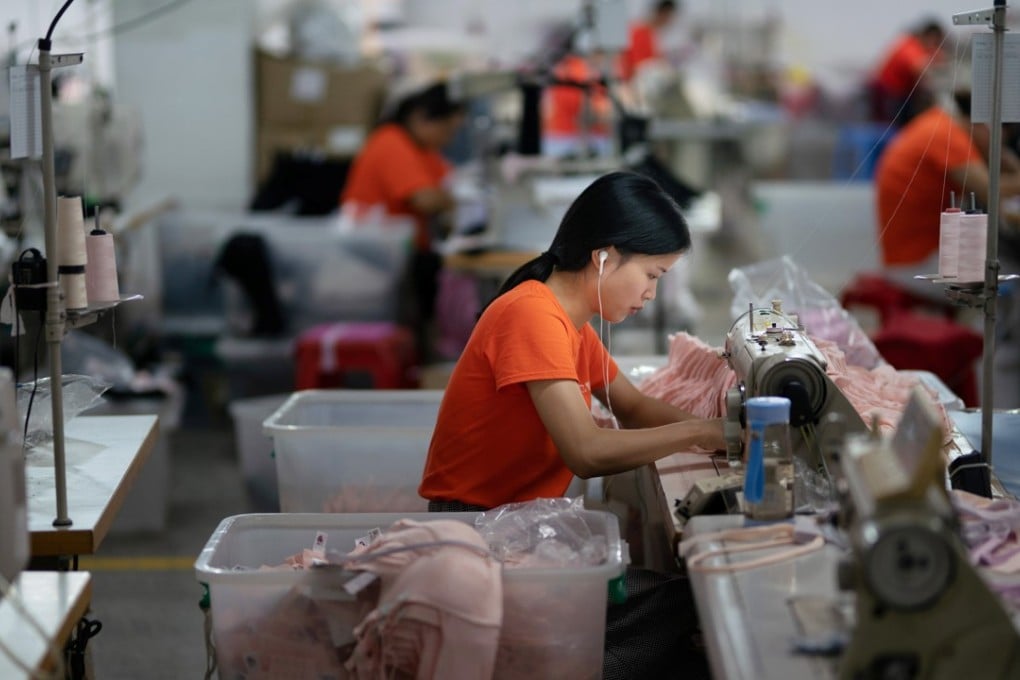China’s manufacturing growth hits lowest level in over a year
Latest data reinforces worries that economy will continue to slow

China’s manufacturing activity grew at the slowest pace in more than a year in August, with export orders shrinking for a fifth month and employers cutting more staff, a private survey showed on Monday.
The gloomy findings reinforce views that China’s economy will cool further in coming months, even as the United States ramps up tariffs on Chinese goods. That is likely to prompt more spending and other steps to boost growth from Beijing.
The Caixin/Markit Manufacturing Purchasing Managers’ Index (PMI) fell to 50.6 in August from July’s 50.8, matching economists’ forecasts.
Though the index remained above the 50-point mark that separates growth from contraction for the 15th consecutive month, it was the weakest since June 2017. While output improved modestly, most of the other readings were lacklustre.
“The manufacturing sector continued to weaken amid soft demand, even though the supply side was still stable … I don’t think that stable supply can be sustained amid weak demand,” Zhengsheng Zhong, director of Macroeconomic Analysis at CEBM Group, said in a note accompanying the survey.
“In addition, the worsening employment situation is likely to have an impact on consumption growth. China’s economy is now facing relatively obvious downward pressure.”